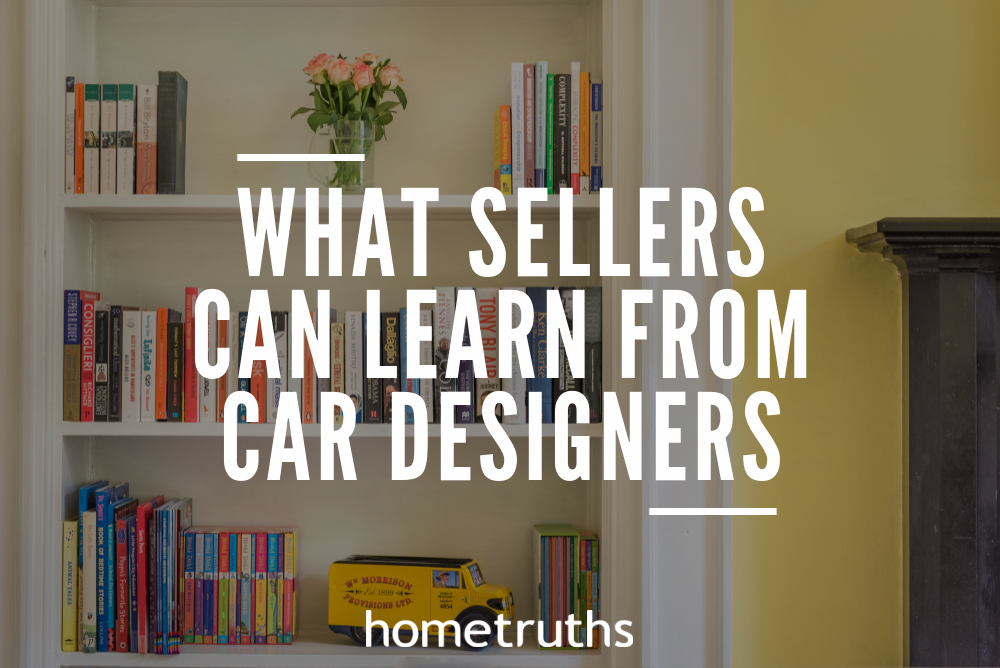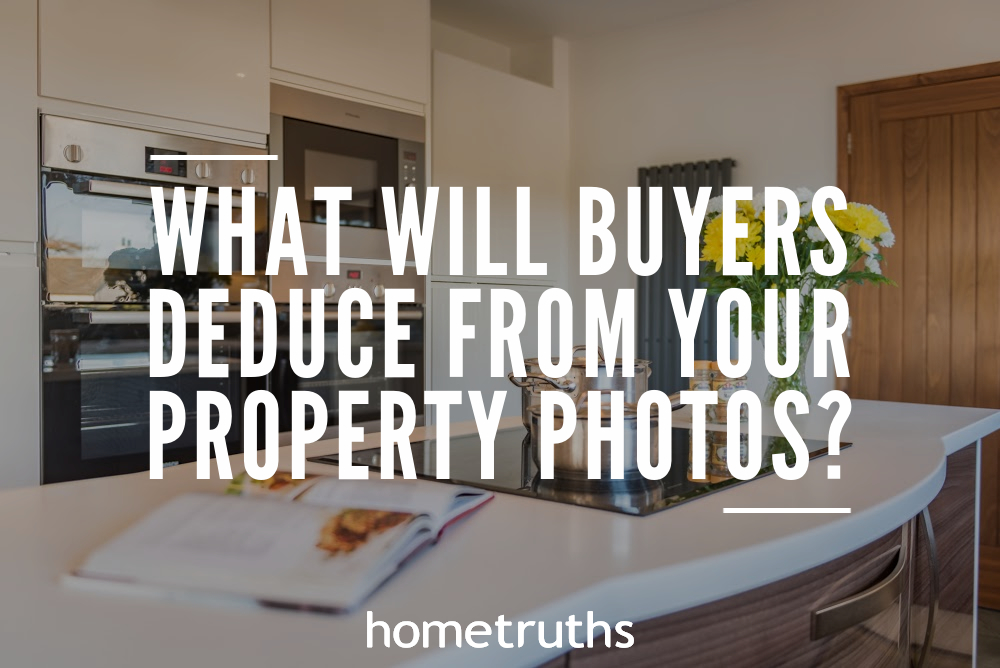Did you know that the sound your car door makes when you close it is almost certainly manufactured? When we are looking to buy a luxury item, the cues we experience are often subconscious. In the car showroom, you get into the beautiful car you have your eye on, and close the door behind you. If you hear a hollow, tinny sound, you may well feel disappointed, and subconsciously feel that the car itself is of a lower quality than you were hoping for. If, on the other hand, it closes with a reassuringly expensive click, you will feel confident that this reflects the quality of the whole car.
The engineers of the Japanese-designed Acura TSX took this attention to detail to the next level when they designed a unique “bumping door seal” that emits a special sound of “quality” when the door is opened and closed. That’s obsession for you!
So – how can you ensure that your house emits sounds of quality so that buyers will feel they are viewing a luxury home? The details to pay extra special attention to are:
- Front door – this needs to open and close smoothly, with a nice, bold handle and a satisfying click when it closes.
- French windows – these too need to open easily, without the need for wrenching handles, and kicking the frame!
- Taps – buyers often turns taps (and showers) on to check water pressure. The difference between a cheap DIY store tap or shower control, and a really high quality one, is very obvious, particularly to a buyer of a prestige property.
- Fitted cupboards – how do your cupboards fasten? Do they make a discreet and smooth ‘click’ when they close? Or do they jam, needing a good yank to open them? Or worse – are they fitted with cheap magnetic plates that don’t do the job they’re supposed to do, and hold the door closed properly?
A little investment in these key areas will pay dividends when you’re selling your home. Get these little details right, and subconscious signals of quality though they may be, to a buyer they are tremendously powerful signals that they are buying a premium property.
If you’d like my help to sell your home more effectively, please answer a few short questions here and if I think I can help you, I’ll be in touch.




